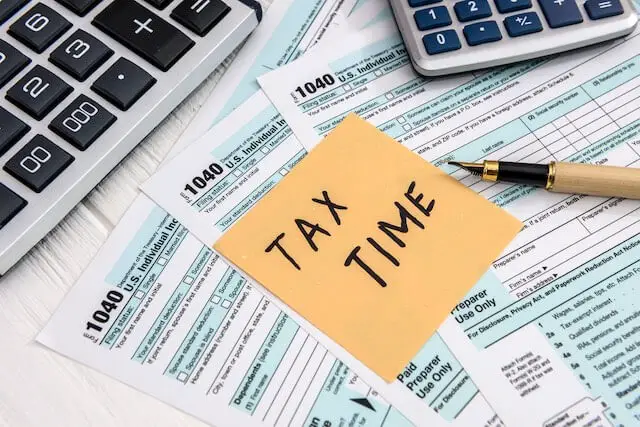As a federal employee under the Federal Employees Retirement System (FERS), you are blessed with an incredible retirement package. Retirees under FERS are entitled to a pension, something that is becoming a thing of the past in the private sector, plus there are a lot of other benefits that federal employees enjoy.
The one downside, however, to having a great retirement is all of the taxes that come along with it. Federal employees under FERS may not realize that the majority of their benefits will count as taxable income.
Let’s dig into why.
The FERS retirement program has three main components: Social Security, the TSP, and the pension or annuity. All three of these benefits can be counted as taxable income depending on your situation.
Let’s start with Social Security.
Social Security
Most people assume that because they spent years contributing to the Social Security program, they’ll receive this benefit with no tax consequences. This simply is not the case for many federal employees.
If a couple files a joint return and their combined income falls between $32k and $44k ($25k-$34k for single filers), then up to 50% of their social security will be taxable.
Once you make over $44k a year ($34k for single filers), up to 85% of your Social Security will be taxable.
The definition for combined income in this calculation is different from other tax equations, so make sure you familiarize yourself with it. The equation gets a little complicated so I’ll save that for another article.
Thrift Savings Plan
The Thrift Savings Plan (TSP) is a powerful retirement saving tool, but there can be a vast tax difference depending on which option in the TSP you used. The two types are the regular TSP and the Roth TSP.
The main difference between the regular TSP and the Roth TSP is when you pay taxes.
For the regular TSP, your contributions are tax deductible and you don’t pay any taxes until you pull the money out (usually during retirement). For the Roth TSP, your contributions are not tax-deductible, but you will never pay taxes on that money again (assuming you don’t pull out money when you aren’t supposed to).
For example, if you invest $100 into your normal TSP, the $100 would come straight out of your paycheck and you would not pay taxes on it right now. But come retirement time, let’s say that $100 has turned into $300 because it was invested. You would pay taxes on the full $300.
Let’s use the same example but with a Roth TSP account. You would pay taxes on the $100 in the year that you made it. But come retirement, you would be able to take out the entire $300 without paying a penny in taxes
Most federal employees under FERS have the majority of their TSP balance in the regular TSP.
Pension
During your career, you contributed a small amount from every paycheck into the FERS pension system. By the time you retire, only a very small portion of the pension you receive is money that you contributed to. Because of this, the vast majority of your pension, usually around 95%-98% for FERS, will be taxable income.
Conclusion
When you put all three of these benefits together (especially if most of your TSP is not Roth), it can add up to a substantial amount of taxes.
Obviously it is an amazing thing that FERS employees enjoy such a robust retirement system, but where some people run into trouble is making the assumption that they will be able to spend their gross benefits without taking taxes into consideration. With just a little planning and forethought, FERS federal employees can get ahead of the curve by knowing exactly how taxes will affect them in retirement and what they can do now to reduce it.



